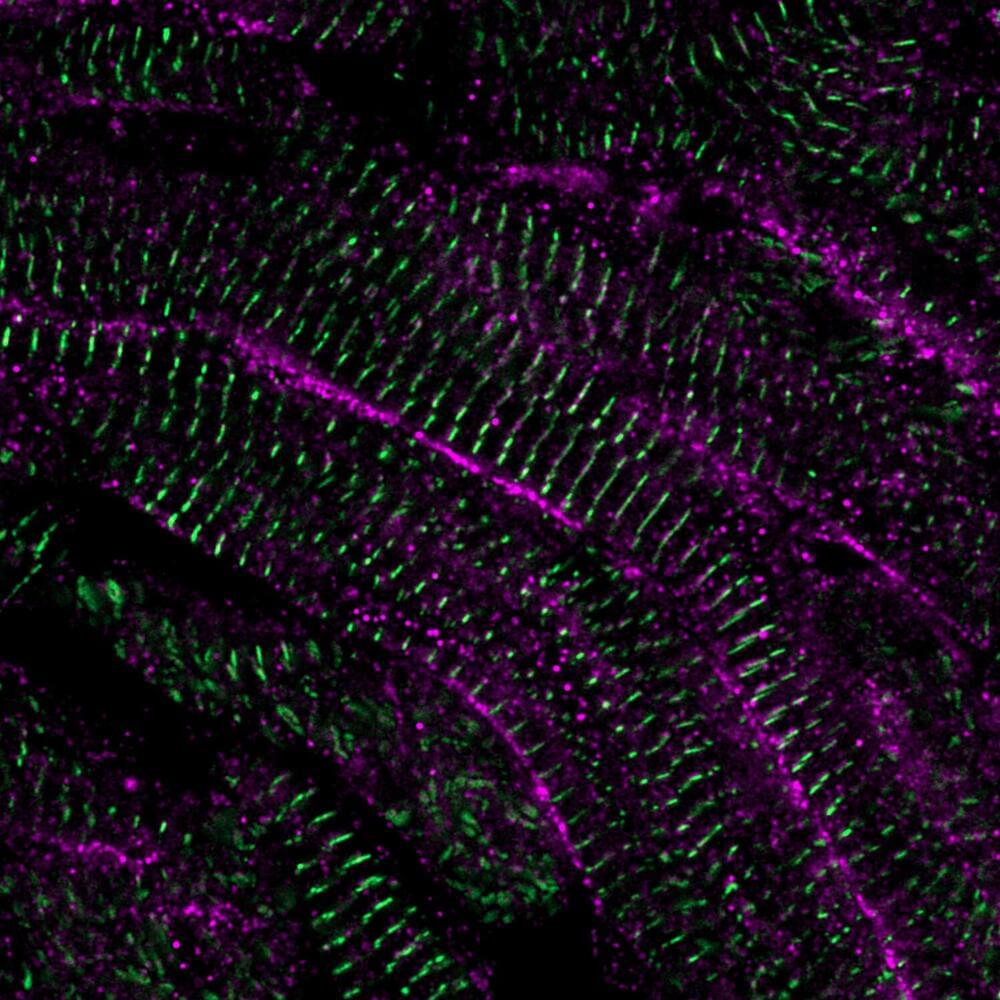Cardiovascular diseases, such as heart attacks, are a leading cause of death worldwide resulting from a limited self-healing power of the heart. Unlike humans, zebrafish have the remarkable capacity to recover from cardiac damage. Researchers from the group of Jeroen Bakkers (Hubrecht Institute) have used the zebrafish to shed light on their regenerative success. They discovered a new mechanism that functions as a switch to push the heart muscle cells to mature in the regeneration process. Importantly, this mechanism was evolutionary conserved as it had a very similar effect on mouse and human heart muscle cells.
The results of the study, published in Science on May 18, show that examining the natural heart regeneration process in zebrafish and applying these discoveries to human heart muscle cells could contribute to the development of new therapies against cardiovascular diseases.
It is estimated that 18 million people die from cardiovascular diseases every year. Many of these deaths are related to heart attacks. In such an event, a blood clot prevents the supply of nutrients and oxygen to parts of the heart. As a result, the heart muscle cells in the obstructed part of the heart die, which eventually leads to heart failure. Although therapies exist that manage the symptoms, there is no treatment that is able to replace the lost tissue with functional, mature heart muscle cells and thereby cure the patients.










Comments are closed.